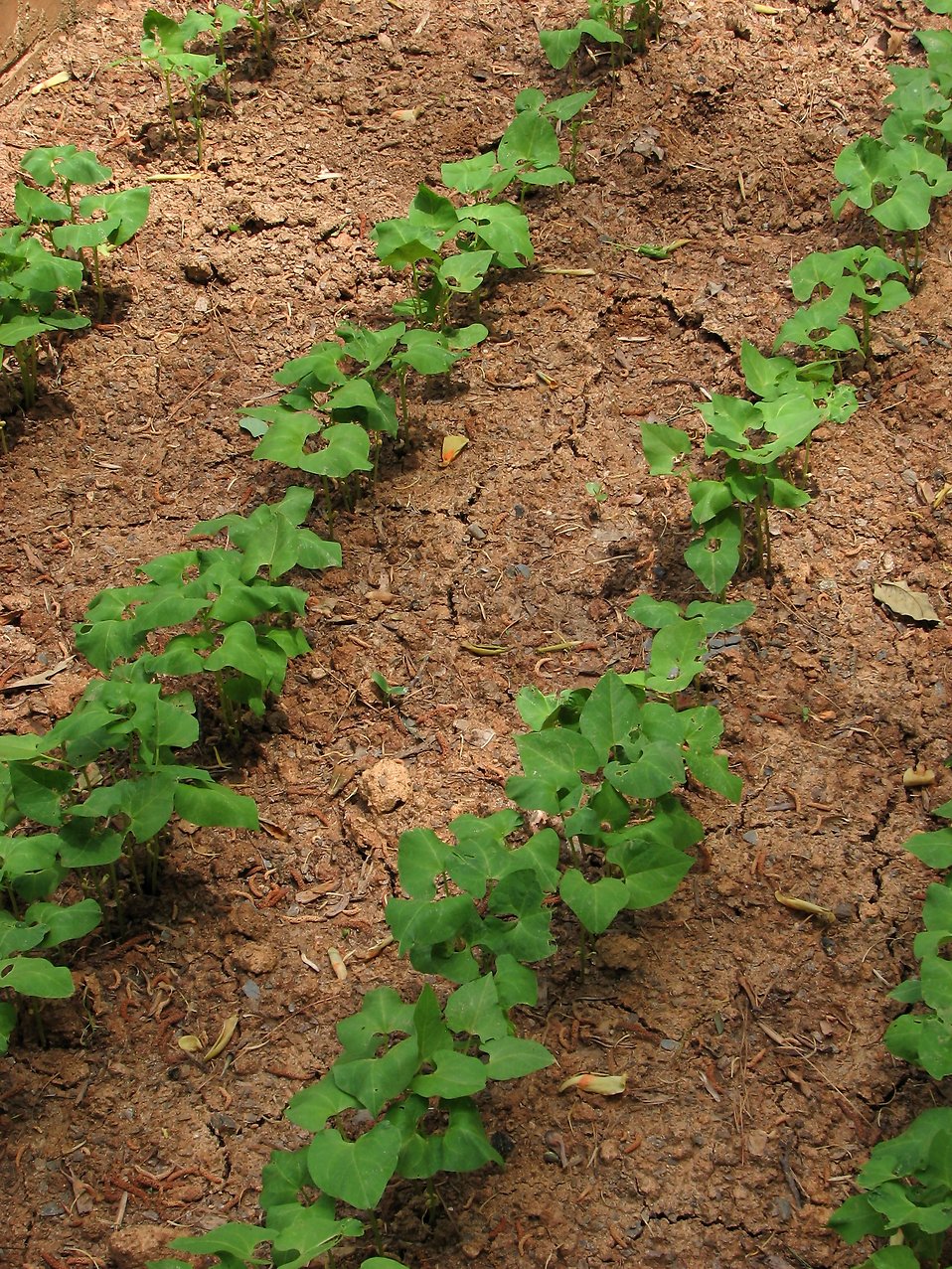Wednesday, May 19, 2021 -  Conventional wisdom long holds that tillage is necessary to warm up soils and remove soil moisture in the spring, especially in Northern states.
Conventional wisdom long holds that tillage is necessary to warm up soils and remove soil moisture in the spring, especially in Northern states.
However, plenty of farmers are stopping tillage and seeing the benefits of improved soil structure, says Caley Gasch, assistant professor of soil health at NDSU. “With less soil disturbance, the soil structure develops. Changes can happen quickly – in three to four years – and you see roots penetrating deeper and exploring more of the soil,” she says. “We’ve had decades of research and know how destructive tillage can be. All you have to do is stop, or back off.”
Modern seed and farm equipment technology make no-till easier, adds Aaron Daigh, associate professor of soil physics and hydrology.
“Several decades ago, some of those practices were difficult to do. It wasn’t the system, or the approach or the idea that made it difficult, but the technology hadn’t caught up with it. Planters, crop genetics, have increased and have allowed us to do more,” Daigh explains.
Those factors also allow farmers to be more efficient and maximize profit per acre, which isn’t always the same as maximizing yield per acre.
“It’s always attractive to be the one who yields the most, but it comes down to the health of the land and whether you’re profitable. With new technology, you can reduce input costs. An easy way to do that is to reduce a couple of field passes.”
Commercial soil labs offer a litany of tests that can help measure fungi and microbial populations. These can be difficult to interpret by farmers, and they’re expensive. Instead, grab a spade and spend some time in the field to look for these characteristics in the soil:
- Reduced soil erosion, compared with when the fields were tilled
- Healthy plants
- Soil aggregate development, improving soil structure
- Earthworm populations increasing
- Water percolating through the soil, rather than ponding.
“I’m a big fan of spending time in your field and watching it change,” Gasch says. “And have faith. The data is there and it has been there for decades.”
In many cases, farmers who stop tillage will see improvement in soil structure in just a few years. Adding cover crops can jump-start that structure building process, she adds.
Clay soils react more quickly to reduced tillage than silty-loam soils, and sandy soils take even longer for structure to develop, Daigh says.
Clay soils are charged surfaces and aggregate well, and changes happen fairly quickly. Sandy soils, or other soils with minimal fine particles, will take longer, he explains.
Silt loam soils are different, he adds. “It’s not sand, and it’s not clay. They are not charged surfaces, but can hold a lot of water. Silt loams are soft soil, and these are the landscapes that have terraces because they are soft,” Daigh explains. “They are less forgiving than clay soils when they are wet.”
Diversifying rotation to help the timing of when you’re driving on fields helps. Don’t till to dry down soils. It will smear, and you’ll go backwards.
“It takes a while for you to see the earthworms and the biology improve in sandy soils,” says Anthony Bly, Extension soil field specialist at South Dakota State University. “It took us seven to 10 years to see significant changes with the silt loams on our farm. But our mistake was not including diversity. Cover crops are important. And maybe try another crop on part of your farm.” Switching to no-till will not come without headaches, Bly says. As soil structure begins to improve, there is a period in which field traffic could cause ruts.
Too many farmers have their tillage equipment lineup still – and even maintain it – and it becomes easy to work the whole field, which sends the soil back to the starting point.
“Minimally fix those rutted areas and make them trafficable and plantable for the next crop. A worn-out disk or tire drag works to work those ruts shut. Make the field trafficable and move on with the next crop,” he says.
Too much residue also vexes farmers shifting to reduced tillage practices.
“The first few years are challenging. You tend to have all of this residue which can cause stand problems,” Gasch says. “You may have to incorporate cover crops to change the carbon:nitrogen ratio. But as the microbes respond and their population increases due to lack of soil disturbance, that will change the residue over time. It gets easier and easier for the habitat to be sustainable.”
Learn More at the Original Article Here
